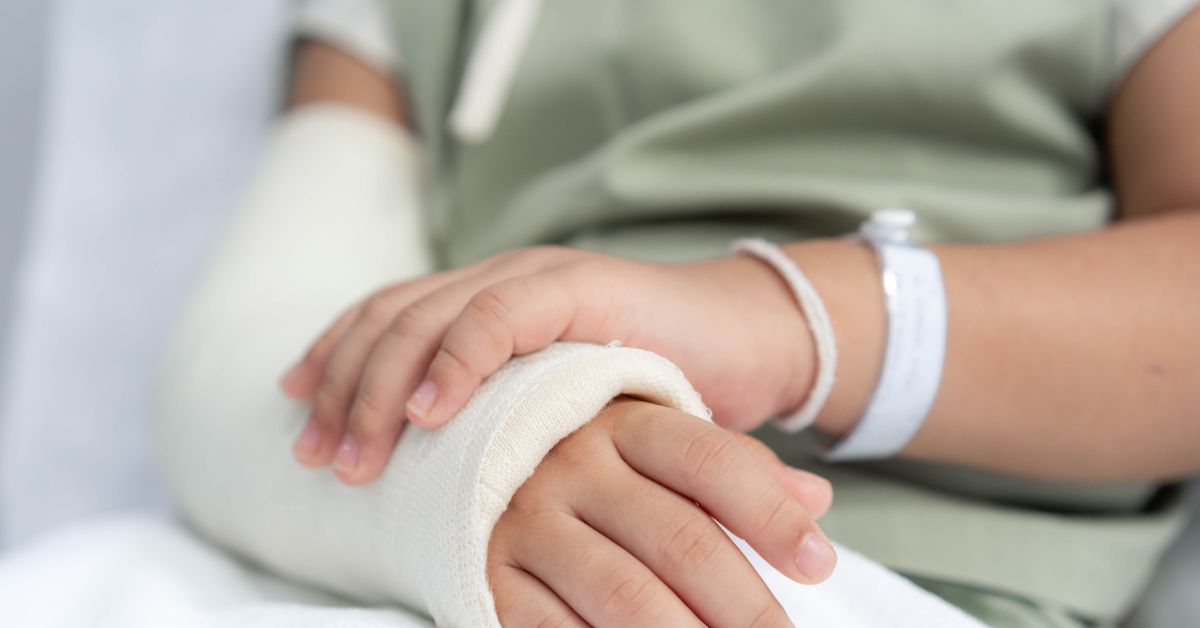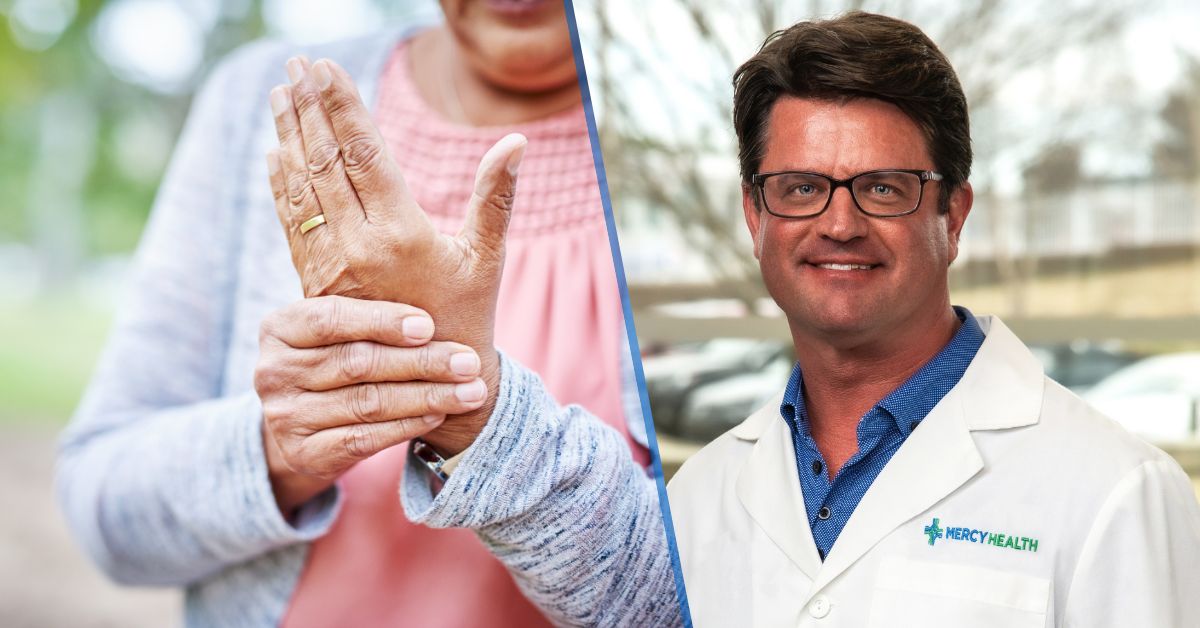Blooming flowers, warmer temperatures and spring showers. This new season ushers in many welcome changes and our favorite outdoor activities.
From gardening to sports, it’s easy to jump back into the things we’ve missed during winter. However, there’s one unwanted side effect that can come with our favored springtime pastimes – hip pain.
Some people may be surprised to learn that certain springtime activities can add stress to their joints and cause injuries, especially if they haven’t done them in a while. Whether you’re an athlete getting back into your favorite outdoor sport or someone who suffers from osteoarthritis, hip pain can make even low-impact activities painful.
“We often see aggravated hips and joints come springtime,” Joseph George, MD, an orthopedic surgeon in our Lorain market, shares. “This can be caused by osteoarthritis flare ups, tendonitis or muscle strains. For those with osteoarthritis of the hip, normal activities can cause pain which makes jumping back into outdoor activities hard to do. Additionally, overuse of the hip muscles can lead to muscle strains, tendonitis or even hip labral tears.”
Dr. George explains that the hip is a ball and socket joint, made up of the top of the thigh bone, or femur, and the pelvis. At the ends, they are covered with cartilage. When the cartilage on the ends of the bones has been ground away, naked bones grind against one another. This leads to pain and inflammation in the joint. Alternatively, muscle strains and tears can hinder your mobility, impacting your ability to flex your hip joint and lift your leg. Labral tears specifically impact the cartilage near your hip socket.
“If you’re experiencing hip pain, it’s important to get to the root cause of your pain so that the best course of treatment can be identified,” Dr. George shares.
He continues, “there are various treatment options for hip osteoarthritis that can bring relief and help patients maintain an active lifestyle. These include modifications in activity and lifestyle, physical therapy, the use of heating pads, anti-inflammatory medications or possibly even steroid injections. If these options don’t work, hip replacement surgery may be needed to eliminate the arthritis using implants to replace the worn-out hip joint. Similarly, those who are experiencing pain caused by strains, tears or tendonitis may ease their pain through rest and activity modification and anti-inflammatory medications. In some cases, progressing to supervised physical therapy may be necessary.”
When it comes to injuries, trying to prevent them in the first place is also key. It is important to practice dynamic stretching before exercising to help prevent injury. It can also be valuable to mix up your exercise routine, which can help avoid overworking muscles and joints.
Be sure to reach out to your primary care provider if you are experiencing hip pain. Connecting with them is a great place to start, as they can often treat many minor causes of hip pain.
And if your injury requires the attention of an orthopedic or sports medicine specialist, our providers are here to help.






